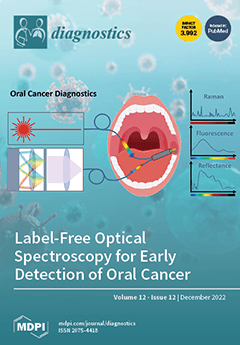Long non-coding ribonucleic acids (LncRNAs) are recently known for their role in regulating gene expression and the development of cancer. Controversial results indicate a correlation between the tissue expression of LncRNA and LncRNA content of extracellular vesicles. The present study aimed to evaluate the expression of different LncRNAs in non-small cell lung cancer (NSCLC) patients in tumor tissue, adjacent non-cancerous tissue (ANCT), and exosome-mediated lncRNA. Tumor and ANCT, as well as serum samples of 168 patient with NSCLC, were collected. The GHSROS, HNF1A-AS1, HOTAIR, HMlincRNA717, and LINCRNA-p21 relative expressions in tumor tissue, ANCT, and serum exosomes were evaluated in NSCLC patients. Among 168 NSCLC samples, the expressions of GHSROS (REx = 3.64,
p = 0.028), HNF1A-AS1 (REx = 2.97,
p = 0.041), and HOTAIR (REx = 2.9,
p = 0.0389) were upregulated, and the expressions of HMlincRNA717 (REx = −4.56,
p = 0.0012) and LINCRNA-p21 (REx = −5.14,
p = 0.00334) were downregulated in tumor tissue in contrast to ANCT. Moreover, similar statistical differences were seen in the exosome-derived RNA of tumor tissues in contrast to ANCT samples. A panel of the five lncRNAs demonstrated that the area under the curve (AUC) for exosome and tumor was 0.937 (standard error: 0.012,
p value < 0.0001). LncRNAs GHSROS, HNF1A-AS1, and HOTAIR showed high expression in tumor tissue and exosome content in NSCLC, and a panel that consisted of all five lncRNAs improved diagnosis of NSCLC.
Full article






